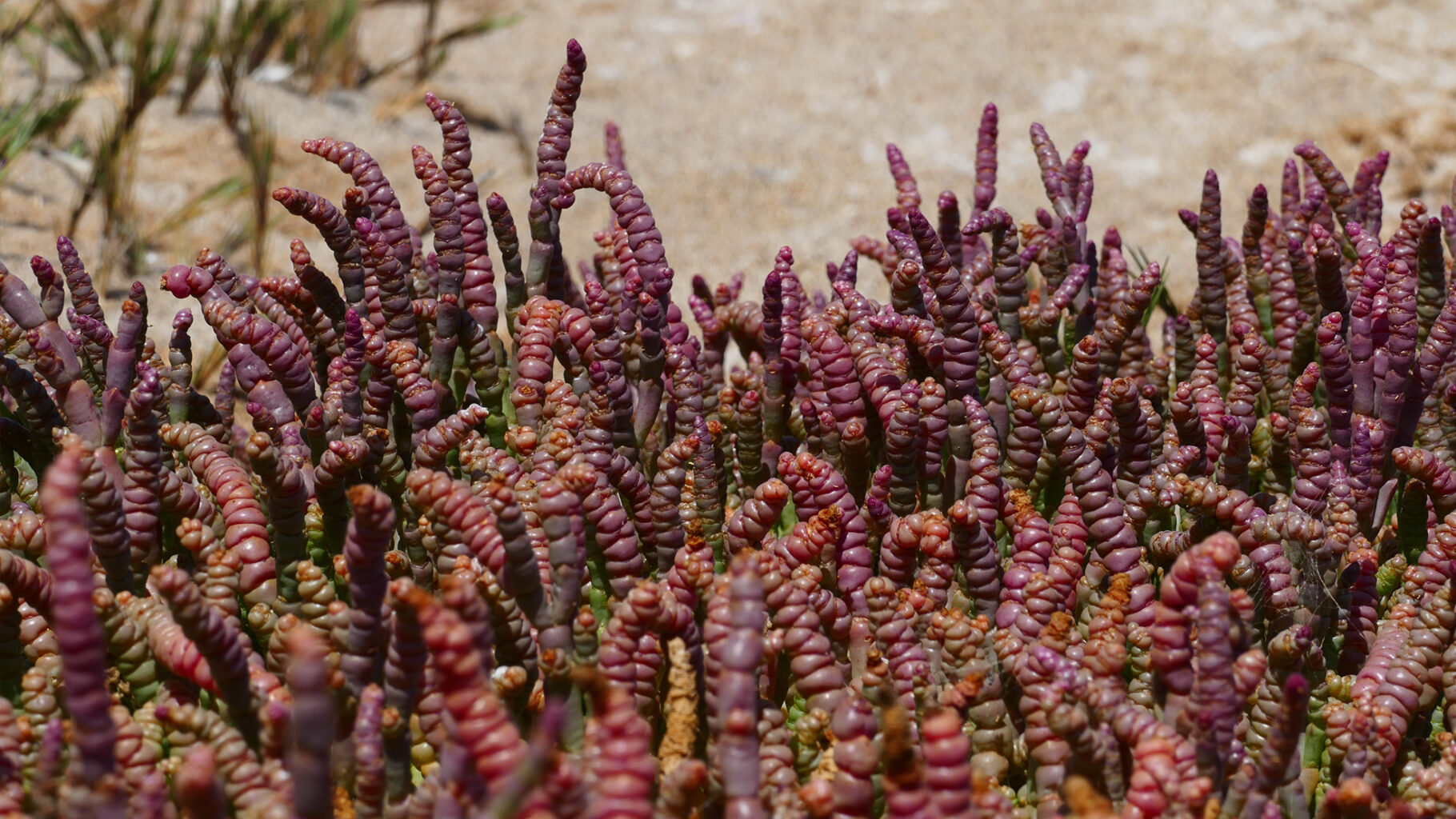By Chris Eccles, Seawater Solutions Environmental Coordinator
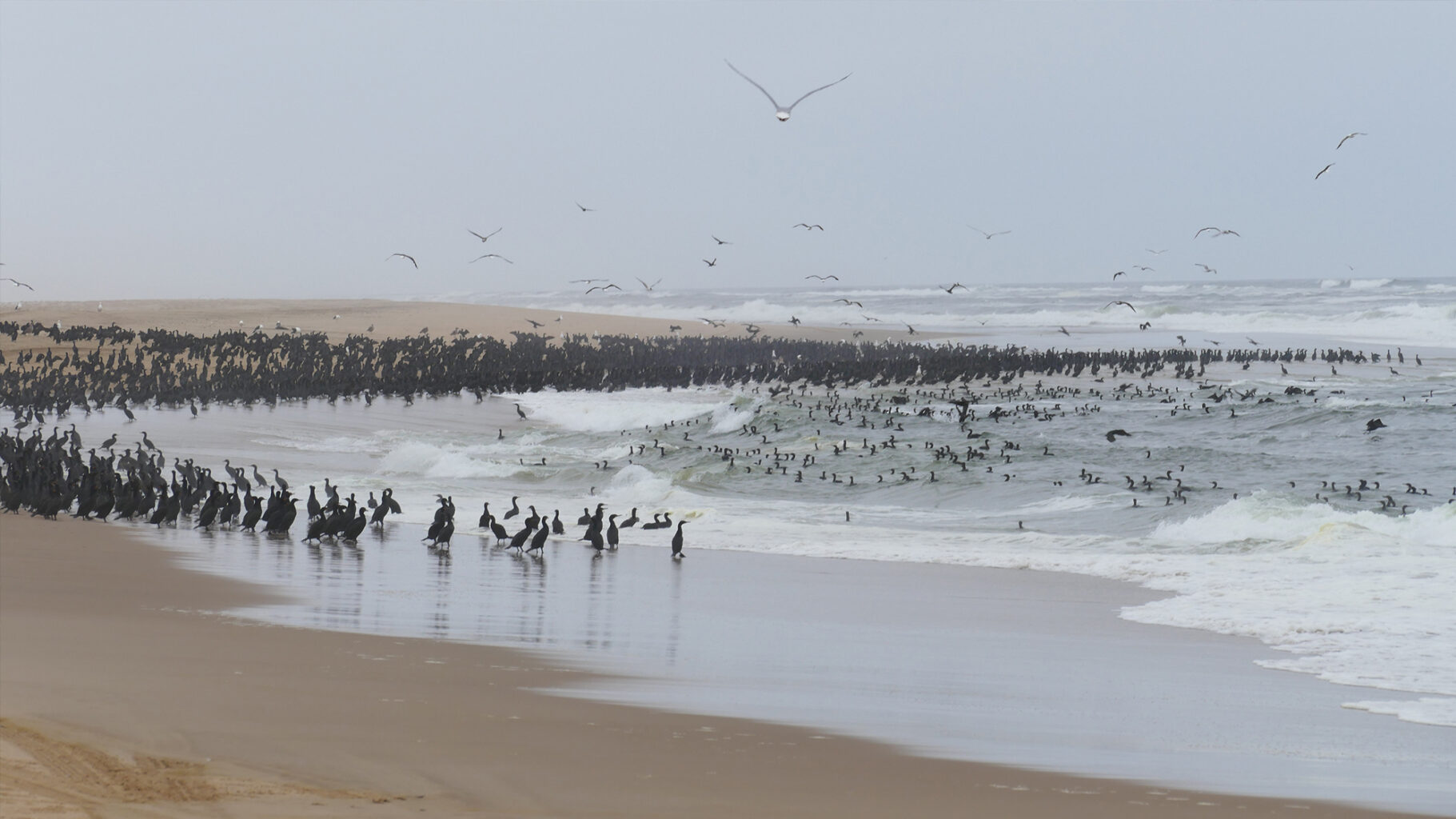
Recently we’ve been highlighting a lot of the main issues around drought, salinisation, coastal erosion, and climate adaptation with respect to our work here in Namibia. The focus for us and out partners BioPro Trading has been setting up our Integrated Saline Agriculture Systems, and we have been talking a lot about the fantastic benefits for flora, fauna, and biodiversity.
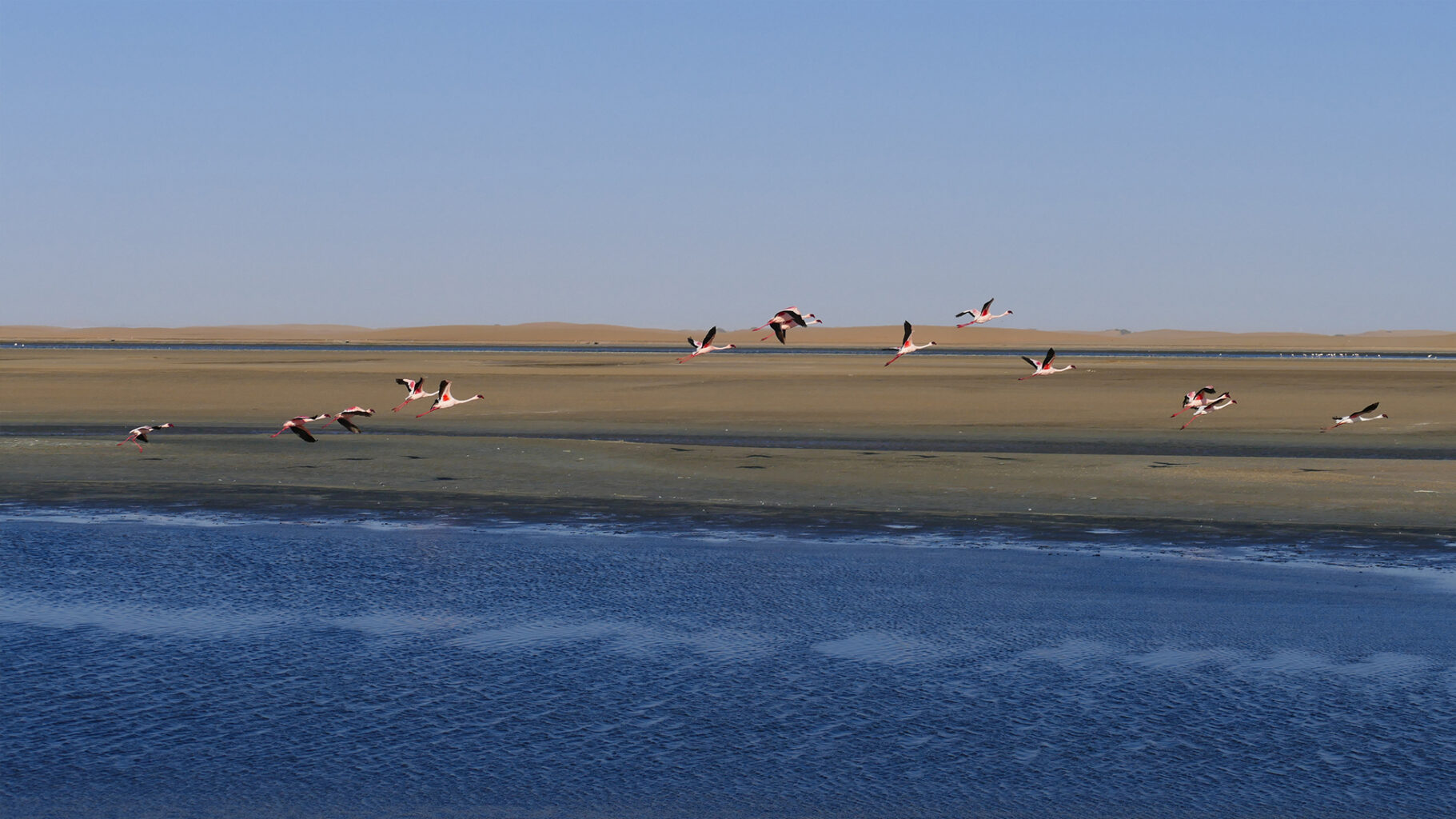
So we think it’s time to shed some light on the beautiful creatures – pawed, hoofed and winged – that we have encountered so far and hope to support going forward.
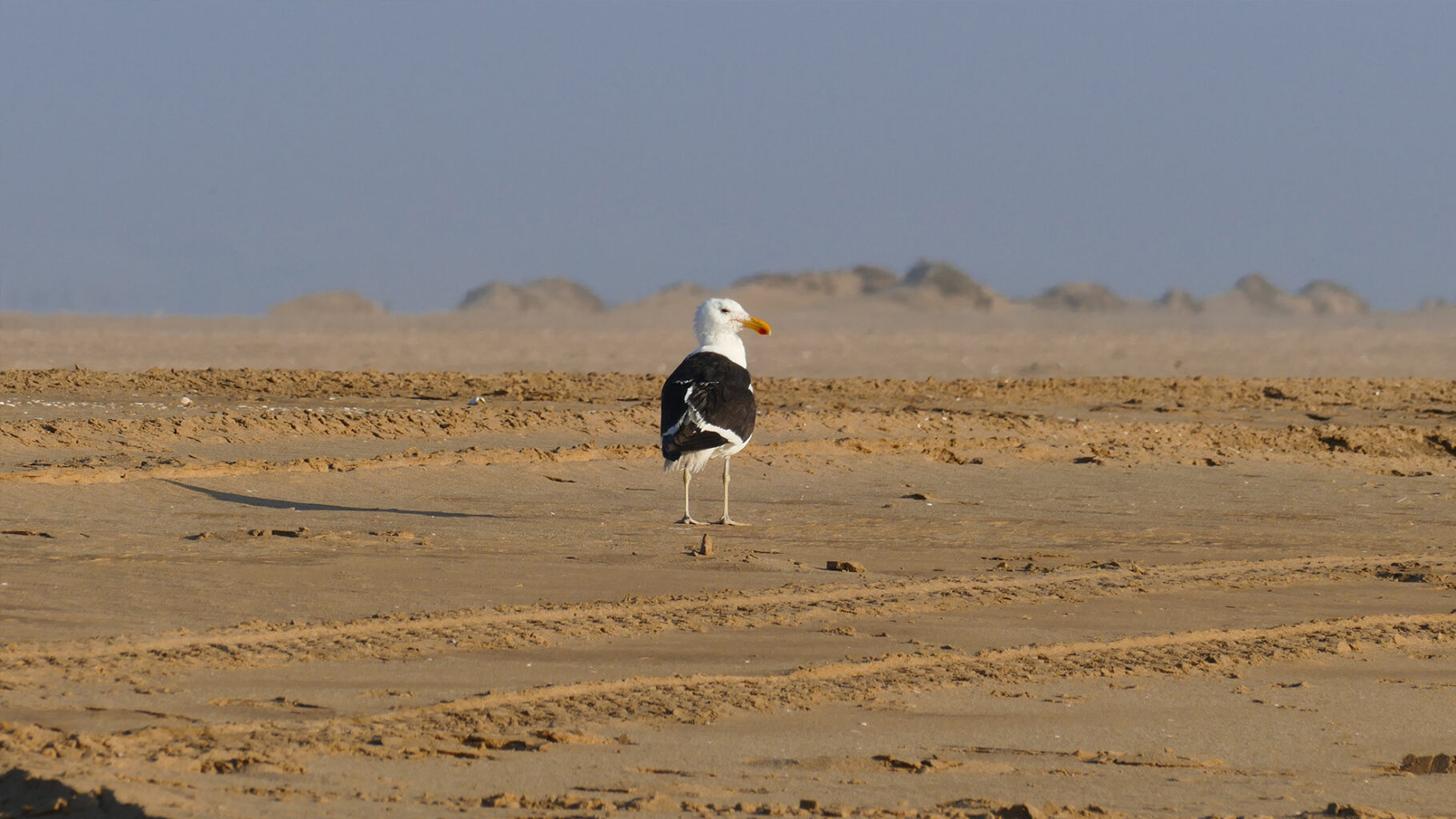
Cormorants are endemic to Namibia and have breeding locations all along the Western Cape of Africa. This group here contains thousands of individuals who were out at dawn feeding on sardines and anchovies. They can create lines across the sky that are kilometers long when in flight.
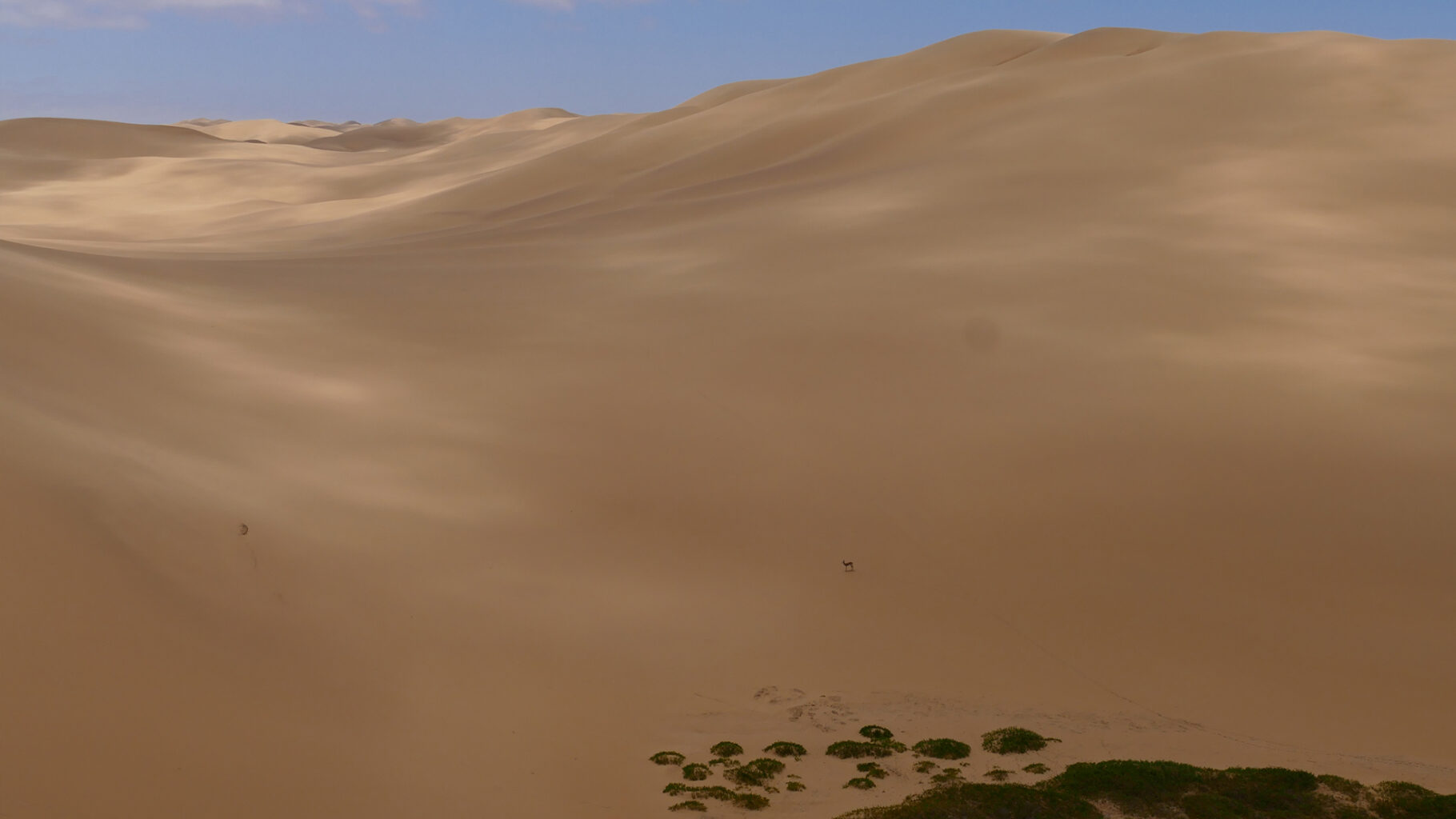
These vibrant flamingos are found in the wetland areas in the areas we will be setting up coastal sites – we think they’ll make excellent neighbours! We were amazed to find that these areas make up “Southern Africa’s single most important coastal wetland for migratory birds, with up to 150,000 transient avian visitors stopping by annually”.
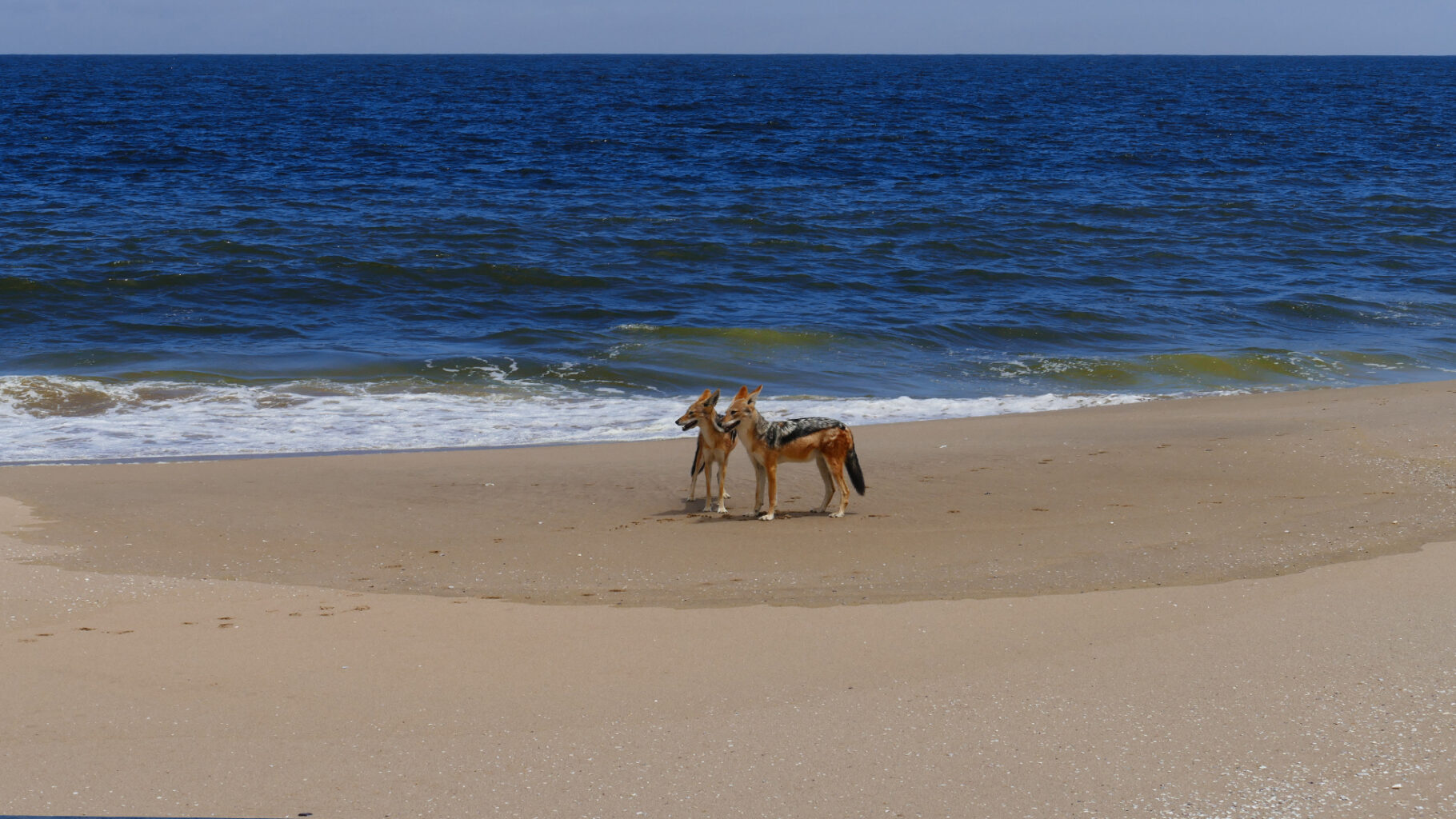
Jackals are known as the cleaners of the desert as they’ll eat almost anything they can get their paws on. This particular pair have adapted to the desert conditions by requiring less water and instead getting it from the meat they eat. They play an important role in the ecosystem by cleaning up dead animals and reducing the spread of harmful disease among seal and bird colonies.
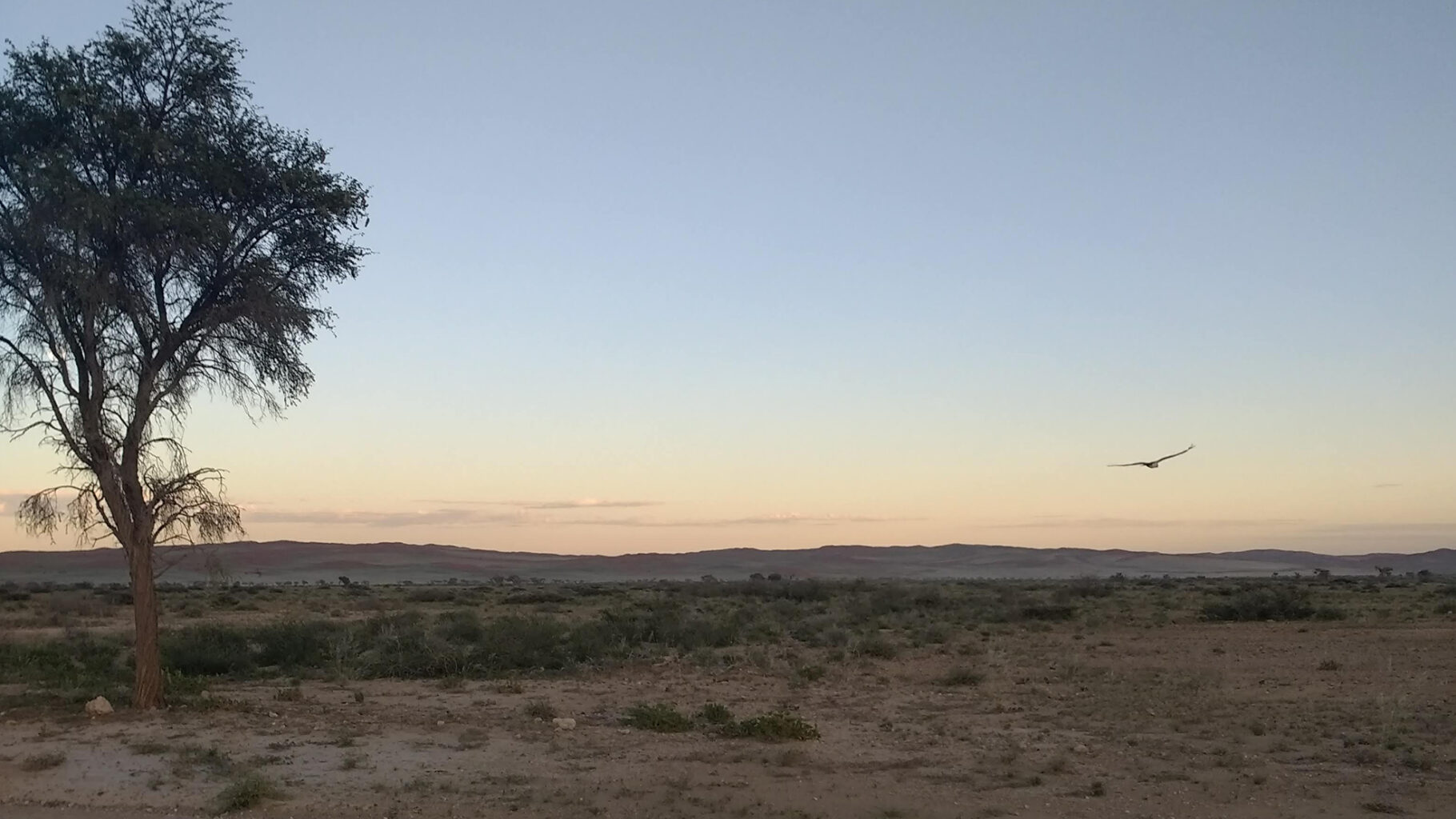
Vultures are incredible creatures and actually at risk of extinction on the continent due to habitat loss and anthropogenic activity. Often recognised by their incredible size, these raptors, like the Jackals, clean up carcasses and prevent the spread of a host of diseases in livestock.
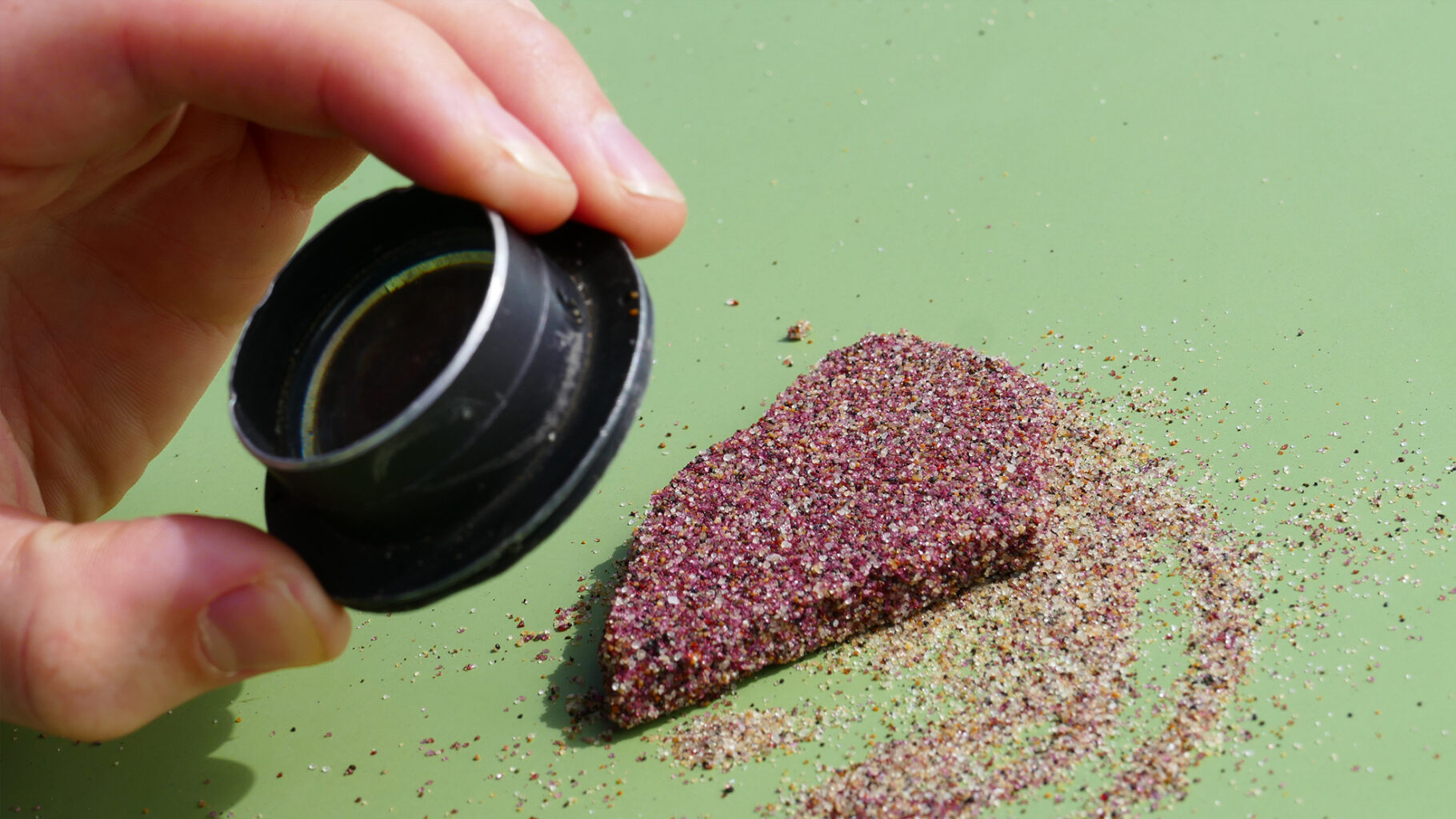
This is just a small taste of what Namibia has to offer, we intend to encourage and support the local flora and fauna through creation of habitats, breeding areas, and erosion prevention measures.
